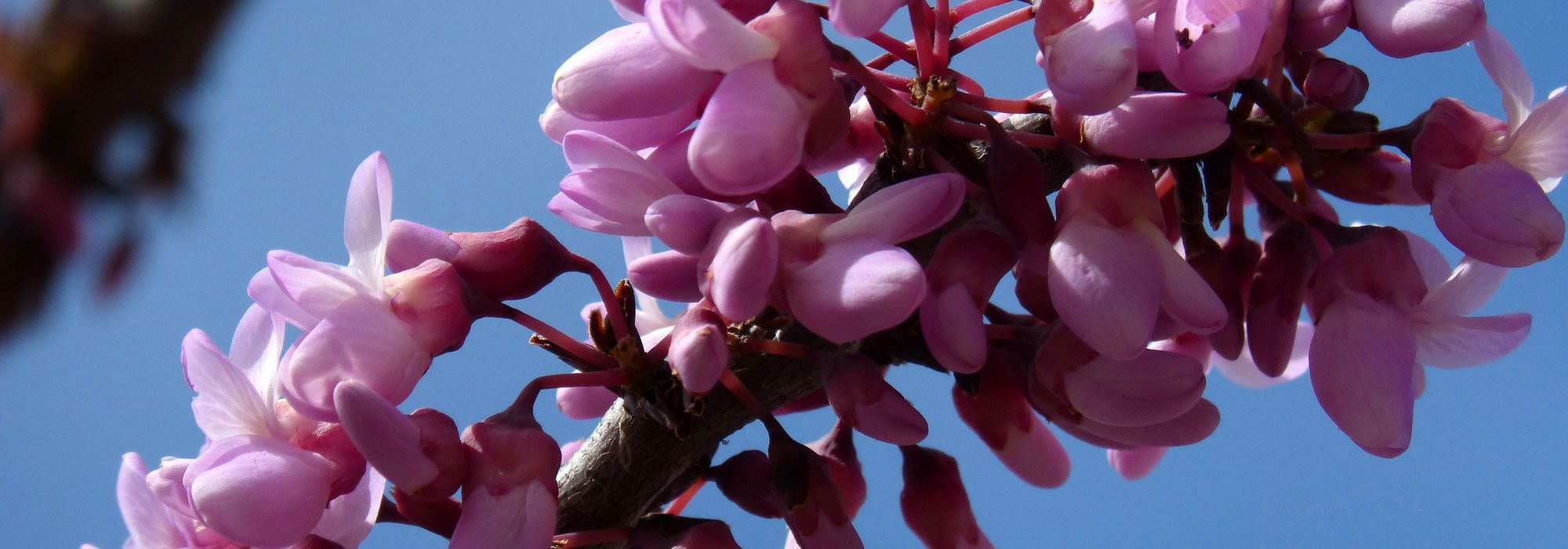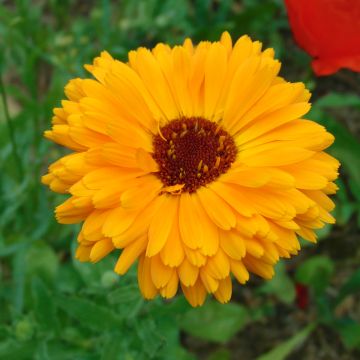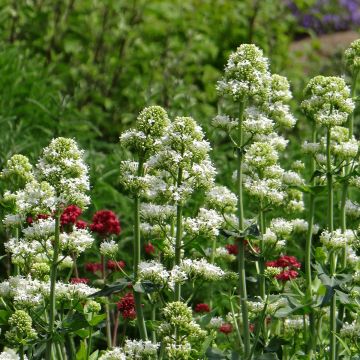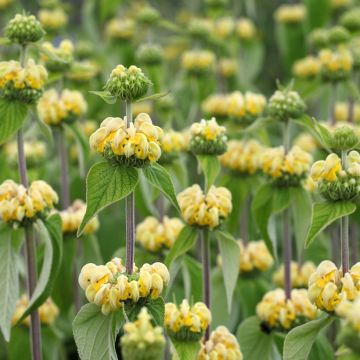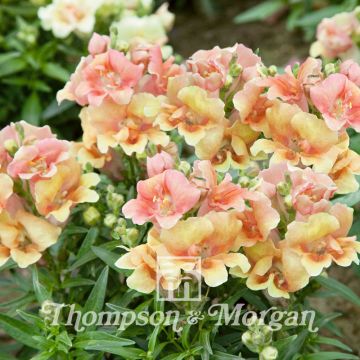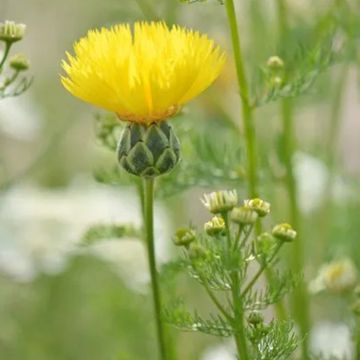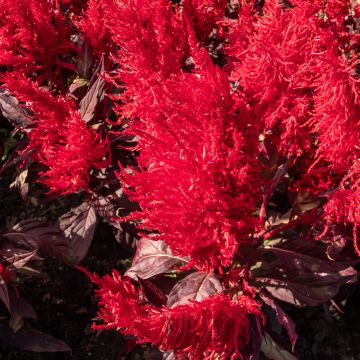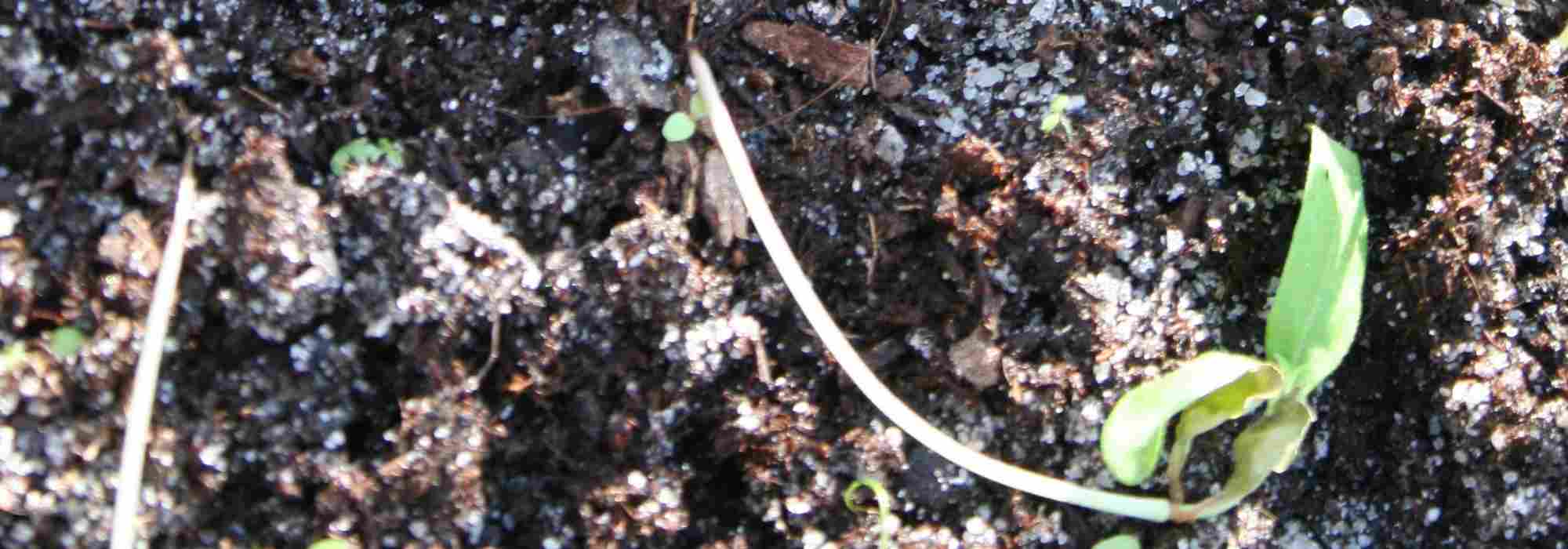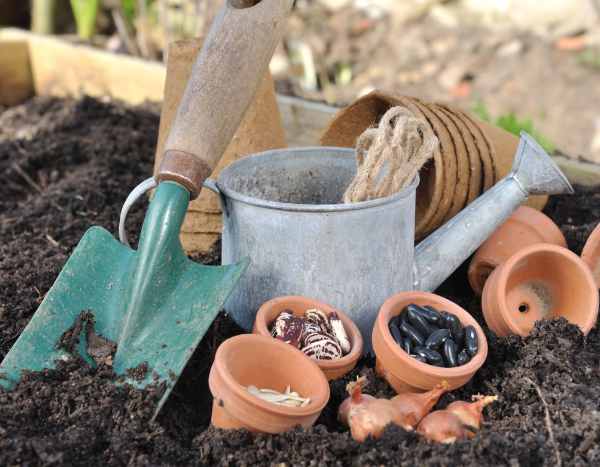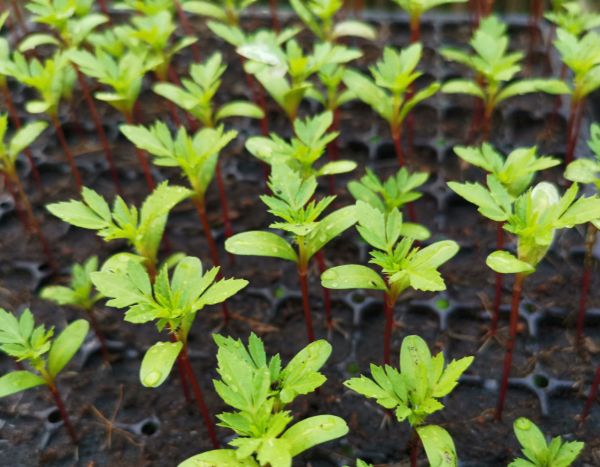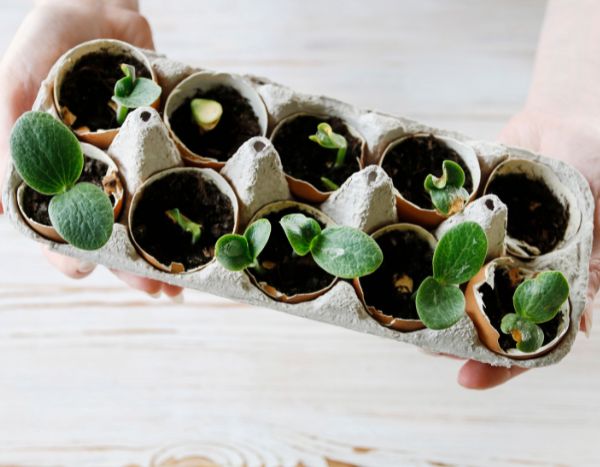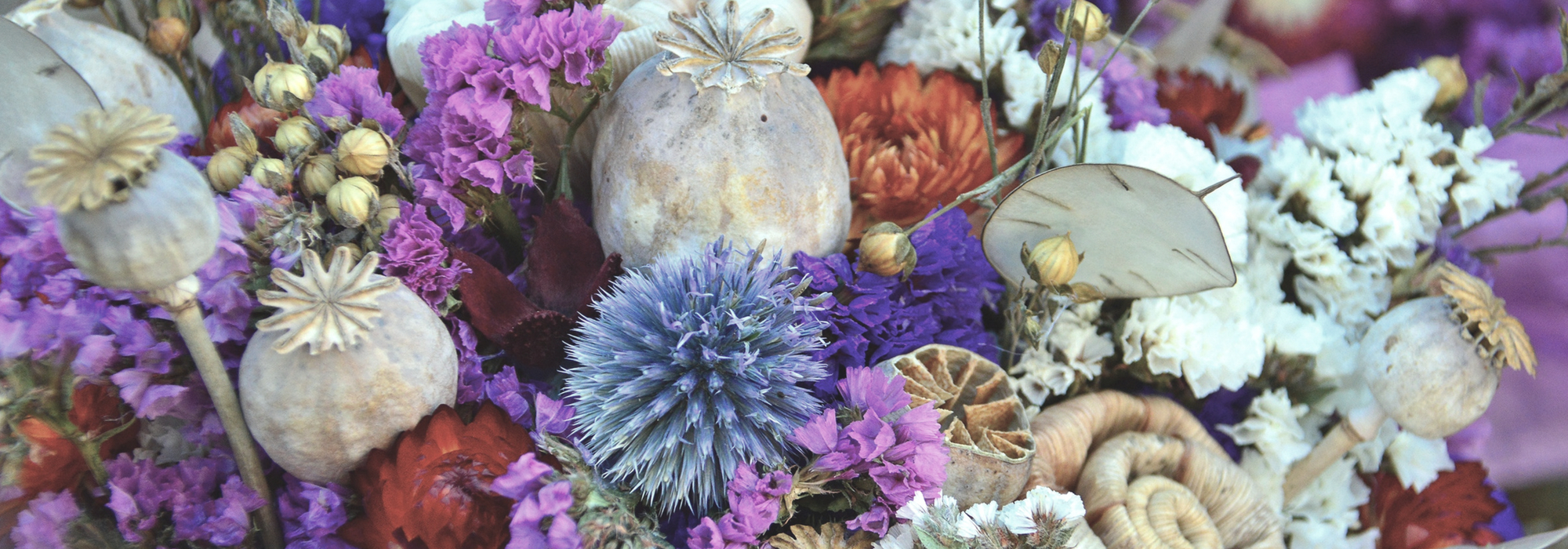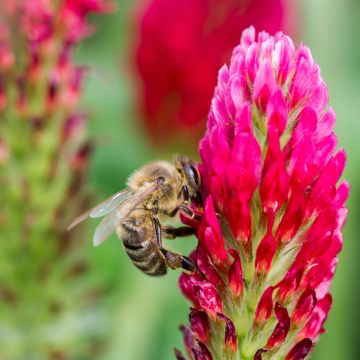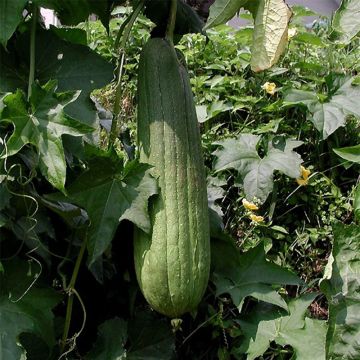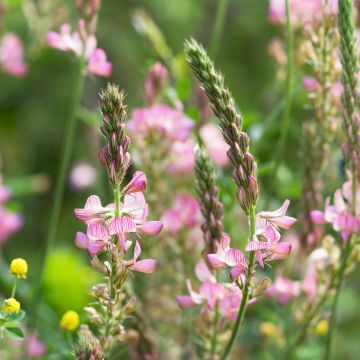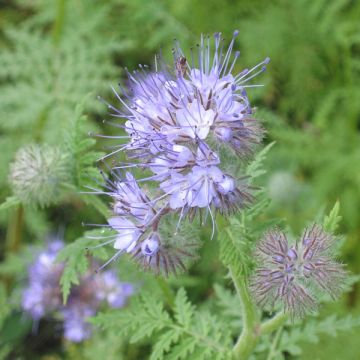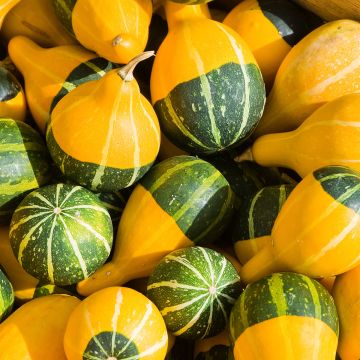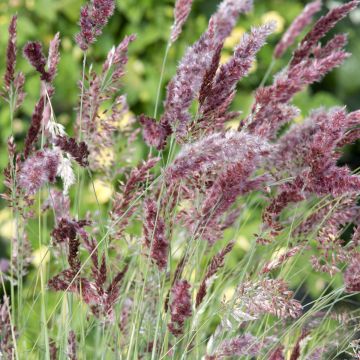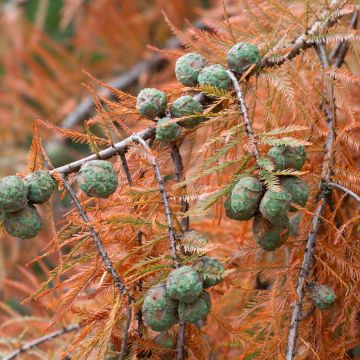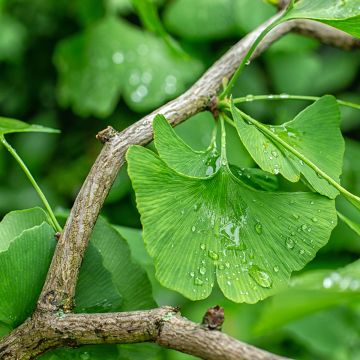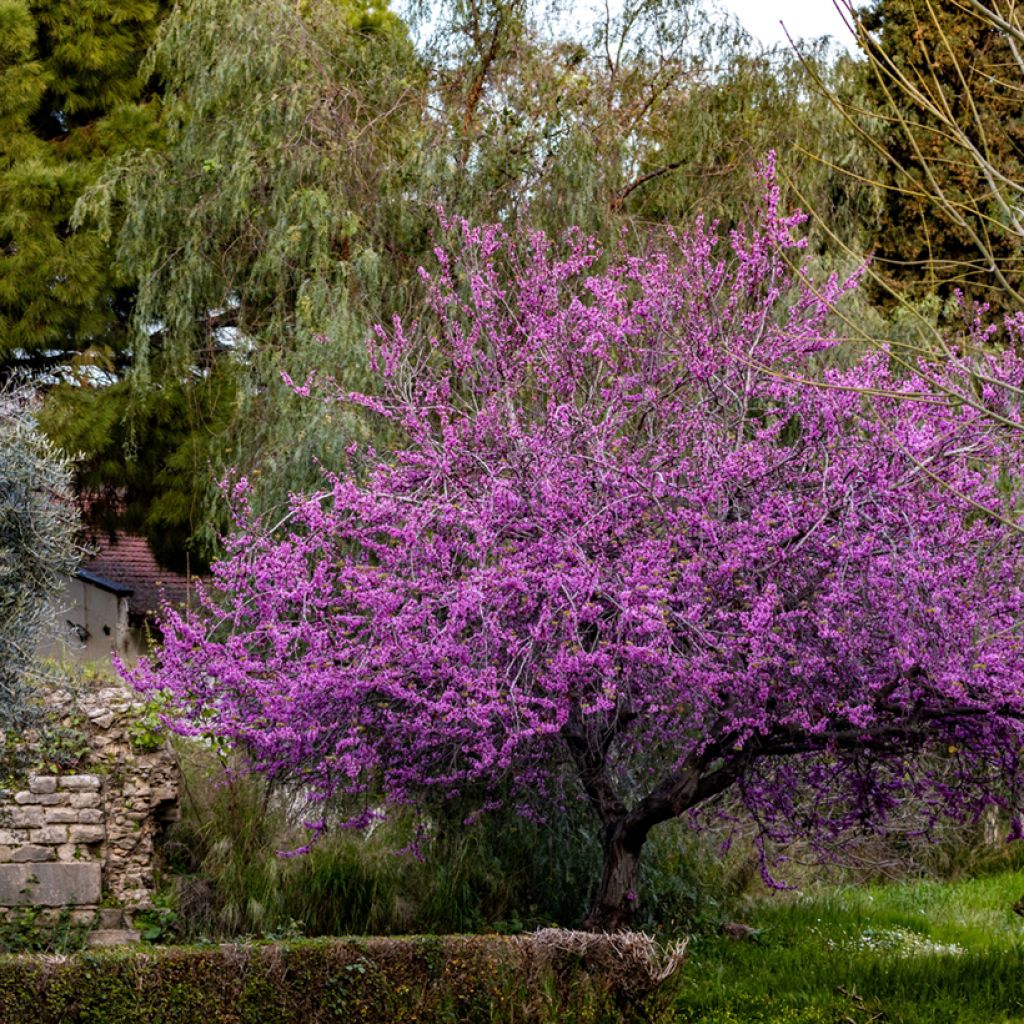

Cercis siliquastrum seeds - Judas Tree
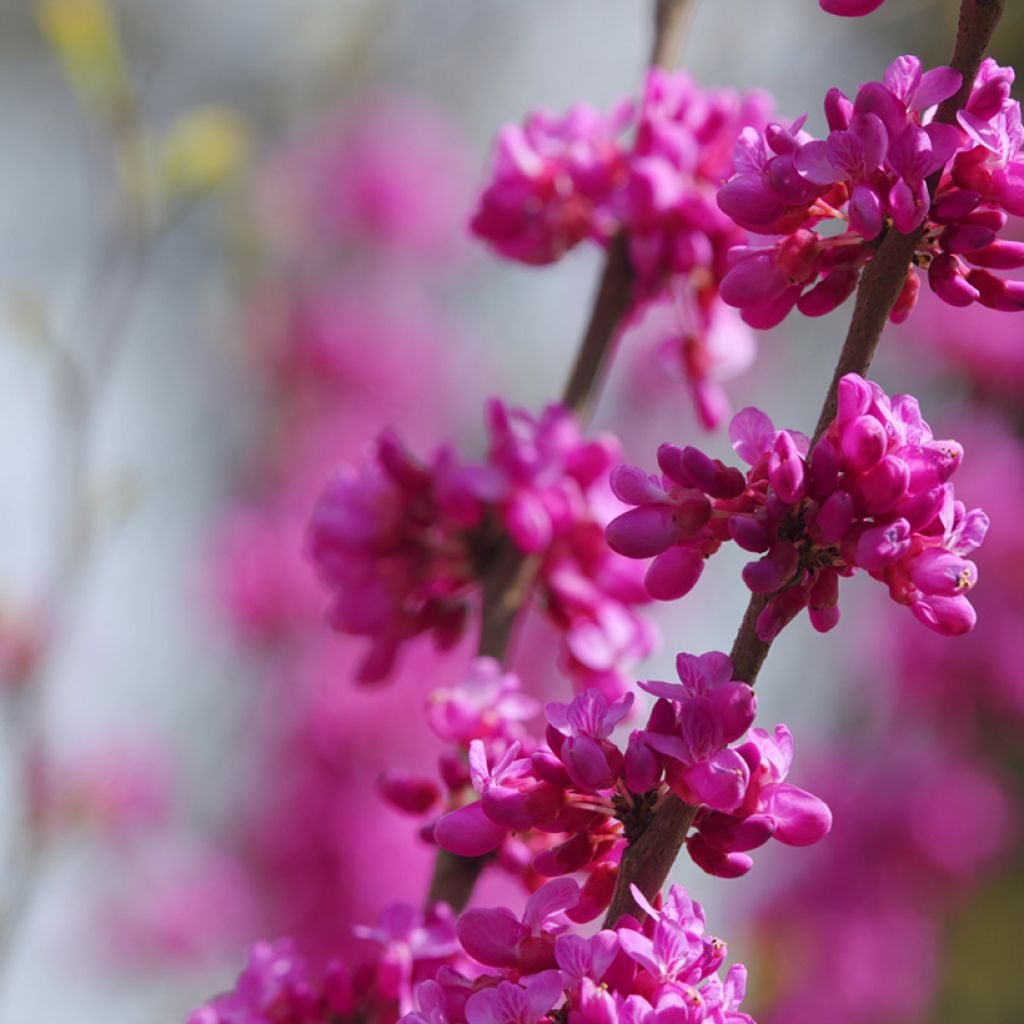

Cercis siliquastrum seeds - Judas Tree
Cercis siliquastrum seeds - Judas Tree
Cercis siliquastrum
Common Redbud, Judas Tree
Special offer!
Receive a €20 voucher for any order over €90 (excluding delivery costs, credit notes, and plastic-free options)!
1- Add your favorite plants to your cart.
2- Once you have reached €90, confirm your order (you can even choose the delivery date!).
3- As soon as your order is shipped, you will receive an email containing your voucher code, valid for 3 months (90 days).
Your voucher is unique and can only be used once, for any order with a minimum value of €20, excluding delivery costs.
Can be combined with other current offers, non-divisible and non-refundable.
Home or relay delivery (depending on size and destination)
Schedule delivery date,
and select date in basket
This plant carries a 6 months recovery warranty
More information
We guarantee the quality of our plants for a full growing cycle, and will replace at our expense any plant that fails to recover under normal climatic and planting conditions.
Does this plant fit my garden?
Set up your Plantfit profile →
Description
Cercis siliquastrum, the Judas Tree or Common Judas Tree, is a large deciduous bush prized for its spectacular deep purple-pink flowers. In spring, before the foliage appears, it is adorned with a multitude of flowers that emerge directly from the dark-coloured trunk and branches. Its heart-shaped foliage is bluish-green in spring and turns a beautiful golden yellow in autumn. It thrives in sunny positions and adapts very well to dry, poor soils. Once well established, it can withstand temperatures as low as -12 to -15°C in well-drained soil.
Belonging to the Fabaceae family (or Leguminosae), Cercis siliquastrum is native to Mediterranean regions and areas around the Black Sea. This species grows naturally in Spain, Italy, southern France, Greece, Turkey, and as far as Iran. Its growth is moderate, reaching 3 to 5 metres in 10 years under good conditions, eventually growing to 8 to 10 metres tall with a spread of 4 to 5 metres. Its habit is upright, sometimes slightly bushy. Its early spring flowering in deep pink appears directly on the trunk and branches (a phenomenon called cauliflory). Its flowers are melliferous and attract pollinators. They give way to flattened pods in autumn, which persist on the tree after the leaves fall, providing food for tits. These flowers are also edible: they can be eaten raw and added to salads for a tangy, decorative touch. The heart-shaped, thick and glabrous leaves emerge with a bronze tint before turning bluish-green, then golden in autumn before falling. Like all Fabaceae, it naturally enriches the soil with nitrogen, allowing it to thrive in poor soils. With age, its branches curve slightly towards the ground, and its grey bark darkens to almost black.
The Judas Tree thrives in full sun and tolerates various soil types, provided they are well-drained. Sow in spring after subjecting the seeds to cold stratification or scarification to break their dormancy.
It is well-suited to medium-sized and small gardens. The Judas Tree can be planted as a standalone specimen or incorporated into a mixed hedge, where it pairs well with the Montpellier Maple, the Smoke Bush, and the Winged Spindle. Native to arid, rocky areas, it is particularly at home in dry, stony, and chalky soils, where it thrives effortlessly. Its dense, bushy habit also makes it ideal for mixed borders, accompanied by lilacs, kolkwitzias, and mock oranges, for staggered flowering from spring to autumn.
Cercis siliquastrum seeds - Judas Tree in pictures


Flowering
Foliage
Plant habit
Botanical data
Cercis
siliquastrum
Fabaceae
Common Redbud, Judas Tree
Cercis florida
Southern Europe, Mediterranean, North Africa, West Asia
Other Flower seeds A to Z
View all →Planting and care
Judas Tree seeds need preparation due to their natural dormancy.
The seeds have a hard case that inhibits germination. To break this dormancy, scarification is necessary. Simply nick the surface of the seeds lightly with a sharp knife or gently rub them on sandpaper to facilitate water absorption.
A period of cold stratification is then recommended. After scarification, the seeds should be placed in a moist substrate (sand or vermiculite) inside a sealed plastic bag. This bag should be kept in the refrigerator at a temperature between 4 and 5°C for 6 to 8 weeks. This cold period mimics natural winter conditions and promotes germination.
After stratification, the seeds can be sown in pots filled with a light, well-draining compost mix. They should be sown at a depth of about 0.5 cm, then watered gently to moisten the substrate without saturating it. The pots should be placed in a bright location at room temperature between 20 and 25°C. It is essential to maintain consistent moisture, avoiding excess water. Germination may take several weeks.
Once the young shoots are well-developed and have several leaves, they can be transplanted into larger pots. It is advisable to grow them under controlled conditions during their first year and gradually acclimatise them outdoors. After this initial growth phase, planting in the ground is best done in spring or autumn, in well-drained, sunny soil.
Trees grown from seed typically will not flower for at least 6 years. While this propagation method is time-consuming, it produces specimens well-adapted to their environment.
Sowing period
Intended location
Planting & care advice
This item has not been reviewed yet - be the first to leave a review about it.
Similar products
Haven't found what you were looking for?
Hardiness is the lowest winter temperature a plant can endure without suffering serious damage or even dying. However, hardiness is affected by location (a sheltered area, such as a patio), protection (winter cover) and soil type (hardiness is improved by well-drained soil).

Photo Sharing Terms & Conditions
In order to encourage gardeners to interact and share their experiences, Promesse de fleurs offers various media enabling content to be uploaded onto its Site - in particular via the ‘Photo sharing’ module.
The User agrees to refrain from:
- Posting any content that is illegal, prejudicial, insulting, racist, inciteful to hatred, revisionist, contrary to public decency, that infringes on privacy or on the privacy rights of third parties, in particular the publicity rights of persons and goods, intellectual property rights, or the right to privacy.
- Submitting content on behalf of a third party;
- Impersonate the identity of a third party and/or publish any personal information about a third party;
In general, the User undertakes to refrain from any unethical behaviour.
All Content (in particular text, comments, files, images, photos, videos, creative works, etc.), which may be subject to property or intellectual property rights, image or other private rights, shall remain the property of the User, subject to the limited rights granted by the terms of the licence granted by Promesse de fleurs as stated below. Users are at liberty to publish or not to publish such Content on the Site, notably via the ‘Photo Sharing’ facility, and accept that this Content shall be made public and freely accessible, notably on the Internet.
Users further acknowledge, undertake to have ,and guarantee that they hold all necessary rights and permissions to publish such material on the Site, in particular with regard to the legislation in force pertaining to any privacy, property, intellectual property, image, or contractual rights, or rights of any other nature. By publishing such Content on the Site, Users acknowledge accepting full liability as publishers of the Content within the meaning of the law, and grant Promesse de fleurs, free of charge, an inclusive, worldwide licence for the said Content for the entire duration of its publication, including all reproduction, representation, up/downloading, displaying, performing, transmission, and storage rights.
Users also grant permission for their name to be linked to the Content and accept that this link may not always be made available.
By engaging in posting material, Users consent to their Content becoming automatically accessible on the Internet, in particular on other sites and/or blogs and/or web pages of the Promesse de fleurs site, including in particular social pages and the Promesse de fleurs catalogue.
Users may secure the removal of entrusted content free of charge by issuing a simple request via our contact form.
The flowering period indicated on our website applies to countries and regions located in USDA zone 8 (France, the United Kingdom, Ireland, the Netherlands, etc.)
It will vary according to where you live:
- In zones 9 to 10 (Italy, Spain, Greece, etc.), flowering will occur about 2 to 4 weeks earlier.
- In zones 6 to 7 (Germany, Poland, Slovenia, and lower mountainous regions), flowering will be delayed by 2 to 3 weeks.
- In zone 5 (Central Europe, Scandinavia), blooming will be delayed by 3 to 5 weeks.
In temperate climates, pruning of spring-flowering shrubs (forsythia, spireas, etc.) should be done just after flowering.
Pruning of summer-flowering shrubs (Indian Lilac, Perovskia, etc.) can be done in winter or spring.
In cold regions as well as with frost-sensitive plants, avoid pruning too early when severe frosts may still occur.
The planting period indicated on our website applies to countries and regions located in USDA zone 8 (France, United Kingdom, Ireland, Netherlands).
It will vary according to where you live:
- In Mediterranean zones (Marseille, Madrid, Milan, etc.), autumn and winter are the best planting periods.
- In continental zones (Strasbourg, Munich, Vienna, etc.), delay planting by 2 to 3 weeks in spring and bring it forward by 2 to 4 weeks in autumn.
- In mountainous regions (the Alps, Pyrenees, Carpathians, etc.), it is best to plant in late spring (May-June) or late summer (August-September).
The harvesting period indicated on our website applies to countries and regions in USDA zone 8 (France, England, Ireland, the Netherlands).
In colder areas (Scandinavia, Poland, Austria...) fruit and vegetable harvests are likely to be delayed by 3-4 weeks.
In warmer areas (Italy, Spain, Greece, etc.), harvesting will probably take place earlier, depending on weather conditions.
The sowing periods indicated on our website apply to countries and regions within USDA Zone 8 (France, UK, Ireland, Netherlands).
In colder areas (Scandinavia, Poland, Austria...), delay any outdoor sowing by 3-4 weeks, or sow under glass.
In warmer climes (Italy, Spain, Greece, etc.), bring outdoor sowing forward by a few weeks.






























